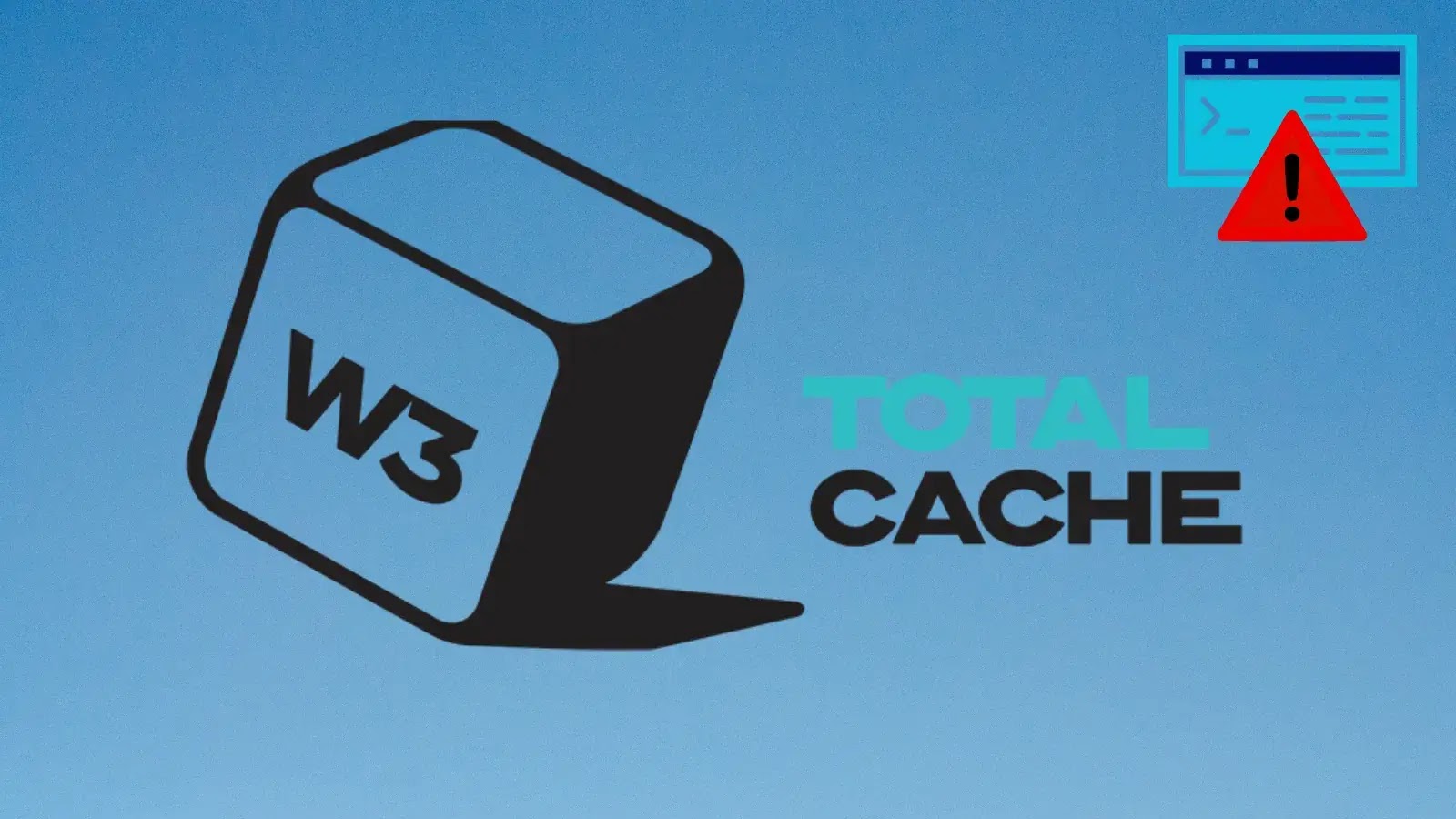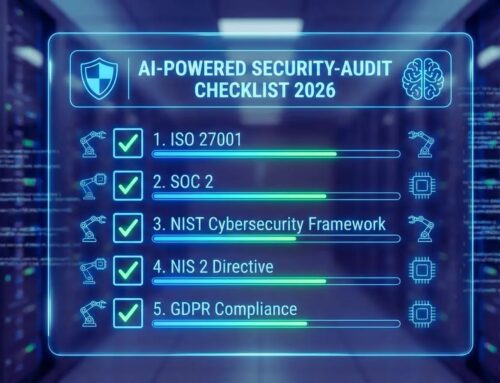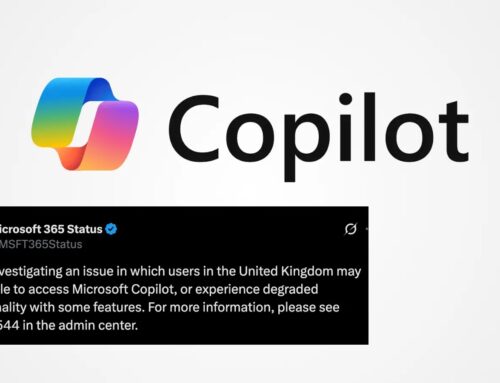
W3 Total Cache Command Injection Vulnerability Exposes 1 Million WordPress Sites to RCE Attacks
A chilling discovery has sent ripples through the WordPress community. A critical command injection vulnerability, tracked as CVE-2025-9501, has been identified in W3 Total Cache, one of the platform’s most widely used caching solutions. This flaw potentially exposes approximately 1 million WordPress websites to severe remote code execution (RCE) attacks, marking a significant threat to web infrastructure globally.
Understanding the W3 Total Cache Command Injection Vulnerability
The core of this vulnerability lies within the W3 Total Cache plugin, a tool revered for its ability to enhance WordPress site performance through caching. Malicious actors can exploit this specific command injection vulnerability, rated with a critical CVSS score of 9.0, to execute arbitrary PHP commands. Crucially, these attacks can originate from unauthenticated sources, meaning an attacker doesn’t need to be logged into your WordPress site to wreak havoc. This greatly expands the attack surface and amplifies the risk for affected websites.
Command injection vulnerabilities allow an attacker to execute OS commands through an application. In this instance, the flaw exists in a way that permits the execution of PHP commands directly on the server. The implications are dire: unauthorized code execution, data theft, website defacement, or even complete server compromise are all within the realm of possibility for an attacker successfully exploiting this vulnerability.
Impact and Scope: 1 Million WordPress Sites at Risk
With an estimated 1 million active installations, W3 Total Cache’s widespread adoption means the blast radius of this vulnerability is substantial. Any website running an affected version of the plugin is a potential target. The ease of exploitation, coupled with the critical severity, makes this a high-priority concern for site administrators and security professionals alike.
The potential consequences for businesses and individuals are far-reaching:
- Data Breach: Sensitive user data, including personal information and payment details, could be exfiltrated.
- Website Defacement: Attackers could alter website content, damaging brand reputation and user trust.
- Malware Injection: Compromised sites could be used to host malicious code, spreading infections to visitors.
- Server Takeover: In the most severe cases, attackers could gain full control over the underlying server, impacting other sites hosted on the same infrastructure.
- SEO Damage: Search engine rankings can plummet if a site is flagged for containing malicious content.
Remediation Actions for W3 Total Cache Users
Immediate action is paramount. If your WordPress site utilizes W3 Total Cache, follow these steps without delay:
- Update Immediately: The most crucial step is to update your W3 Total Cache plugin to the latest patched version. Always prioritize updates for critical vulnerabilities.
- Backup Your Site: Before performing any updates, ensure you have a recent and reliable backup of your entire WordPress instance, including files and database.
- Monitor for Suspicious Activity: Keep a close eye on your website’s logs, file integrity, and user activity for any signs of compromise. Look for unusual file modifications, unexpected HTTP requests, or unfamiliar user accounts.
- Web Application Firewall (WAF): Implement or ensure your WAF is properly configured to detect and block command injection attempts. A well-tuned WAF can offer an additional layer of defense.
- Principle of Least Privilege: Review file permissions and user roles on your server, ensuring that all components and users operate with the minimum necessary privileges.
Recommended Security Tools and Resources
To aid in detecting, mitigating, and monitoring for this and similar WordPress vulnerabilities, consider leveraging the following tools:
| Tool Name | Purpose | Link |
|---|---|---|
| Wordfence Security | WordPress security plugin for firewall, malware scan, and login security. | https://www.wordfence.com/ |
| Sucuri Security | Comprehensive website security platform offering WAF, malware removal, and CDN. | https://sucuri.net/ |
| Cloudflare | Web performance and security solutions, including WAF and DDoS protection. | https://www.cloudflare.com/ |
| WPScan | WordPress security scanner for detecting vulnerabilities in core, plugins, and themes. | https://wpscan.com/ |
Protecting Your WordPress Ecosystem
The discovery of the W3 Total Cache command injection vulnerability (CVE-2025-9501) serves as a stark reminder of the continuous need for vigilance in cybersecurity. Protecting your WordPress ecosystem requires a proactive approach, including regular updates, robust security practices, and continuous monitoring. Stay informed, act swiftly on vulnerability disclosures, and secure your digital assets against evolving threats.





